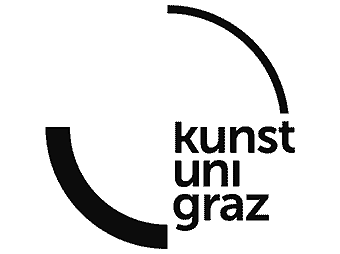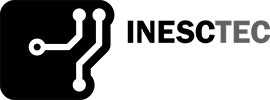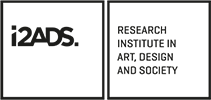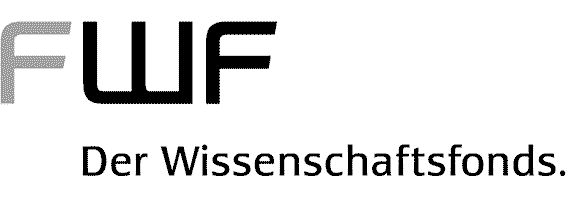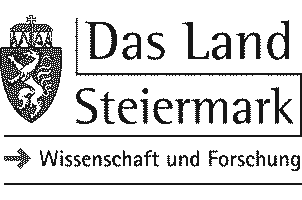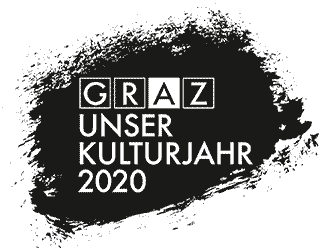Autonomous Creation of Musical Pattern from Types and Models in Live Coding
In this paper we describe the implementation of an autonomous agent for live coding—the practice of creating art in real-time by writing computer code. The TidalCycles language (an extension of the strongly typed functional program-ming language Haskell) is used for the generation of new musical patterns. This is integrated as part of a system which allows automatic suggestion of the agent’s patterns to a live coder. We aim for this to be a co-creative system, using machine agents to explore not-yet conceptualised code sequences and support coders in asking new questions.

